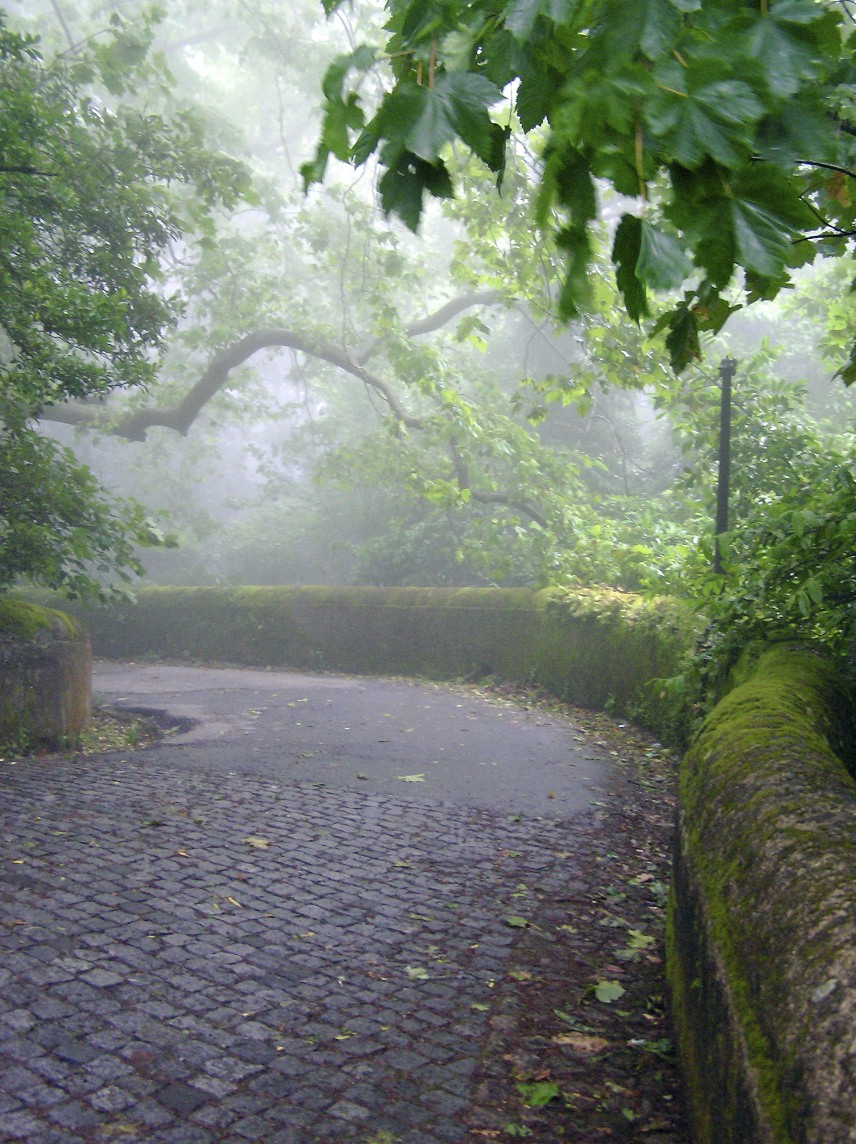
At this point, Lasch (1979, p. 193) turns to the obsessive consumerism that is also identified by Fromm (1955) in one of his later assessments (in the United States) of an escape from freedom:
The inescapable facts of separation and death are bearable only because the reassuring world of man-made objects and human culture restores the sense of primary connection on a new basis. When that world begins to lose its reality, the fear of separation becomes almost overwhelming and the need for illusions, accordingly, more intense than ever.
Another image of our possible future speaks further to the social impact of the loss of a sense of a sustainable future. This image comes from the movie Mad Max and the novel, The Road. In this film and novel, much as in Hannah Arendt’s Europe of the 1920s, the world has just experienced a major catastrophe. The world is coming to an end. The few survivors of the global holocaust live in a world without purpose and probably without a future. In the last days of the world, these men and women remain in a state of intoxication and violence.
As in the case of 1920s Europe, many of the survivors in Mad Max and The Road have become homeless, rootless wanderers, finding no identity or acceptance in a world that they did little to either create or destroy. The existential despair that was portrayed by 20th Century European authors such as Sartre (1993) and Camus (1989) and (following World War II) by psychoanalysts such as Ludwig Binswanger (1963) (in Europe) and Rollo May (2007) (in the United States) is vividly enacted in Mad Max and The Road (2006).
It is particularly insightful in Mad Max to note that the adult survivors paid no attention to their children, the next generation, who would have held their collective future in their hands. The one child in Mad Max‘s society is an abandoned urchin who receives no care from any one. A world without a future apparently has no need for and takes no interest in its children. By contrast, there is one child in The Road who is cared for in a world without care—so a short-term, intimate commitment to care is possible (though painfully ironic).







